Most owners of Saab cars with a petrol engine have probably heard of the Trionic system before. Some of them know in principle how this sophisticated system works, but most of them do not know the details. That is why in this text we will try to explain what this complex car system is and how it works.
Table of Contents
Measurement of ionization in cylinders
Trionic is original Saab’s engine management system and represents one of the world’s most advanced engine systems. Unique is that the system, by ionization measurement, can measure the pressure in a cylinder during ongoing combustion. Hence the ingredient ‘Tri‘ in Trionic. ‘Ion‘ comes from the fact that a stream of ions is used in the cylinder to detect ringing, knocking and synchronization. (Since Trionic 7, the throttle has also been electronically controlled, but the name “Trionic” has not been changed.)
The function of the system is to monitor the combustion process. This data is processed, and then momentarily controls turbo pressure, fuel injection and ignition.
Saab was ahead of everyone else in the automotive industry
When it was introduced in the automotive industry, this system was without doubt the most advanced engine control system. It make it possible for every car to control the engine to a degree that other car manufacturers can do only in their laboratories.
An example of the unique characteristics of the system is its ability to “look into ” the cylinders. Eletrically charged particles, ions, are formed at every explosion. By using the spark plugs as sensors, the Saab TRIONIC can measure the amount or ions and immediately adjust the way each cylinder operates to achieve maximum combustion efficiency.
As th fuel injection is handled individually for each cylinder, the fuel arrives at precisely the right moment and in exactly the right quantity. Should there be a change in the operating conditions of the engine during an injection, the system has time to adjust the fuel amount before the injection valve closes. This is unique to the Saab TRIONIC.
When the engine is running, the Saab TRIONIC is constantly gathering measuring data. There is a programme (software) in the car computer which shows the ideal state for the engine to be in. The information gathered in is compared with the programme, and if the measured value differs from the ideal state, the Saab TRIONIC immediately adjusts fuel injection, ignition and boost pressure.
Thus, the Saab Trionic was very powerful and was the Saab’s foundation of development and continuing efforts to further increase engine efficiency.
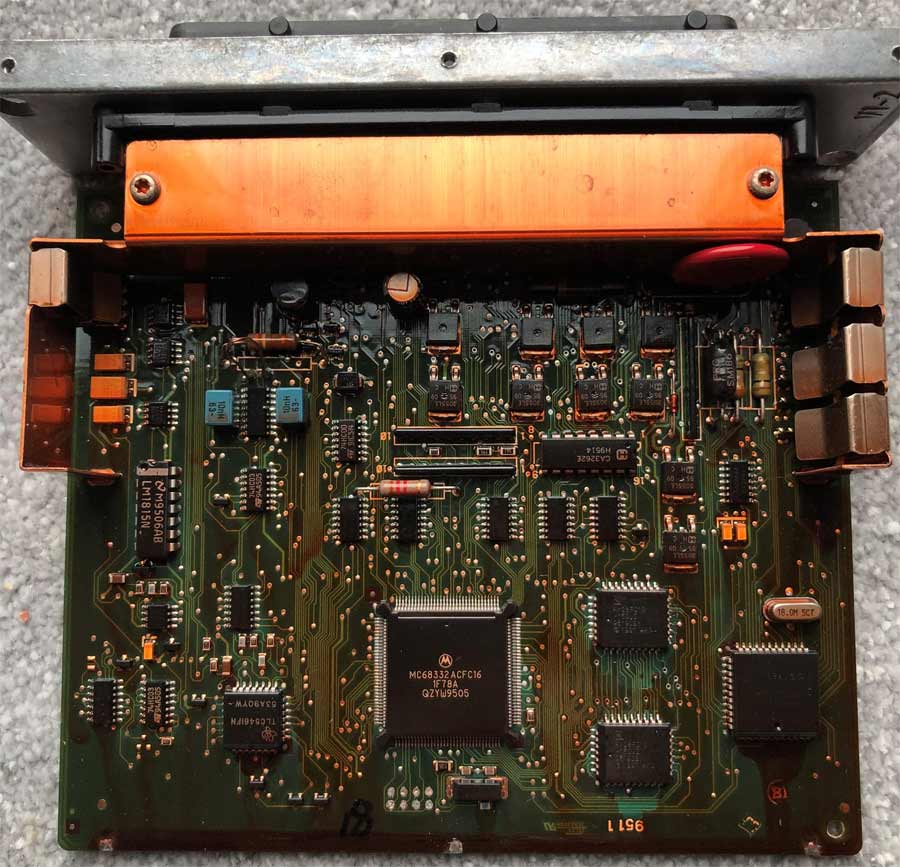
Functional Parts of Saab Trionic System
Direct Ignition
Saab’s unique igniton system, Direct Ignition, is an integrated part of the Saab TRIONIC. It is the only capacitive ignition system for use in cars and provides 60% higher ignition voltage then other systems, at that time. By “looking into” the cylinders with the aid of the spark plugs, the Saab Trionic ensures that the engine is running at maximum efficiency the whole time.
The Most Powerful Computer in the Automobile World
At the time of the introduction of this system in Saab cars, the brain of the Saab Trionic was extremly powerful microprocessor. In the time it takes a car travelling at 90 km/h, to move 0.5 meters, the computer has time to male calculations equivalent to a file full of closely-written A4 pages. At that time, it was a really powerful specialized computer with the ability to perform a huge number of calculations in a short period of time.
Multi-Spark instead of One or Two Spark
At the moment od starting it generates a series of sparks instead of just one as in conventional systems, which means more reliable starting and cleaner spark plugs. A similar but less sophisticated system was performed by Alfa Romeo engineers, but they used two spark plugs per cylinder. The two sparks plugs on the 8V Alfa Twin Spark engines fire at the same time and are symmetrically placed around the vertical line passing through the intake and exhaust valve centers.
Fuel Injection Per Cylinder
Sequential fuel injection that doses fuel individually to each cylinder, the amount of fuel can be changed during each injection sequence. Injection valves of twin pencil spray type, that provide two sprays of fuel close to the inlet valves. This solution reduces fuel consumption, increases efficiency and reduces emissions.
Engine Speed pick-up sensor and Pressure sensor
Thanks to Pressure sensor location close to cylinder, the pressure sensor computes the fuel requirement instantaneously. The engine speed pick-up sensor at the crankshaft supplies engine speed and crankshaft position signals, also instantaneously.
The Saab TRIONIC Integration
Generally speaking, Trionic systems are shortened to indicate which version they are, e.g. T5, T7, T8, etc. The engines with T5 had red direct ignition modules which differentiate them visually from the T7 models which had a black ignition module. The ignition module on both T5 and T7 are an integral ignition coil and electronics that plugs directly onto the spark plugs without the use of spark plug wires that are typically used on most engines.
SAAB Models Utilizing Trionic Engine Management System:
- 2nd Generation Saab 900 (“NG900”) 1994-1998 – T5
- Saab 9000 1994-1998 – T5
- 1st Generation Saab 9-3 1998 – T5 (Except Viggen, which is T7)
- 1st Generation Saab 9-3 2000 to 2002 – T7
- 1st Generation Saab 9-5 1998-2010 4Cyl – T7
- 2nd Generation Saab 9-3 2003 to 2011 4cyl – T8




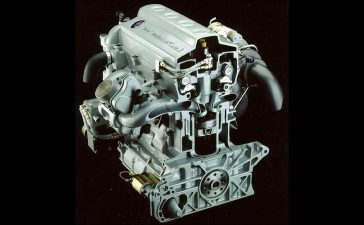

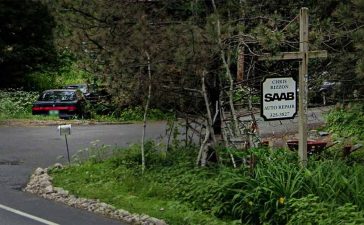

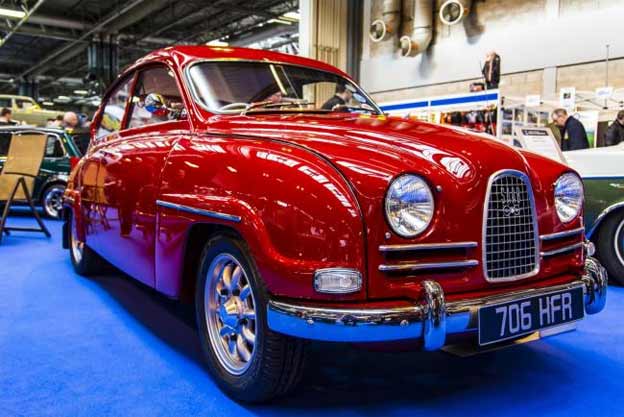

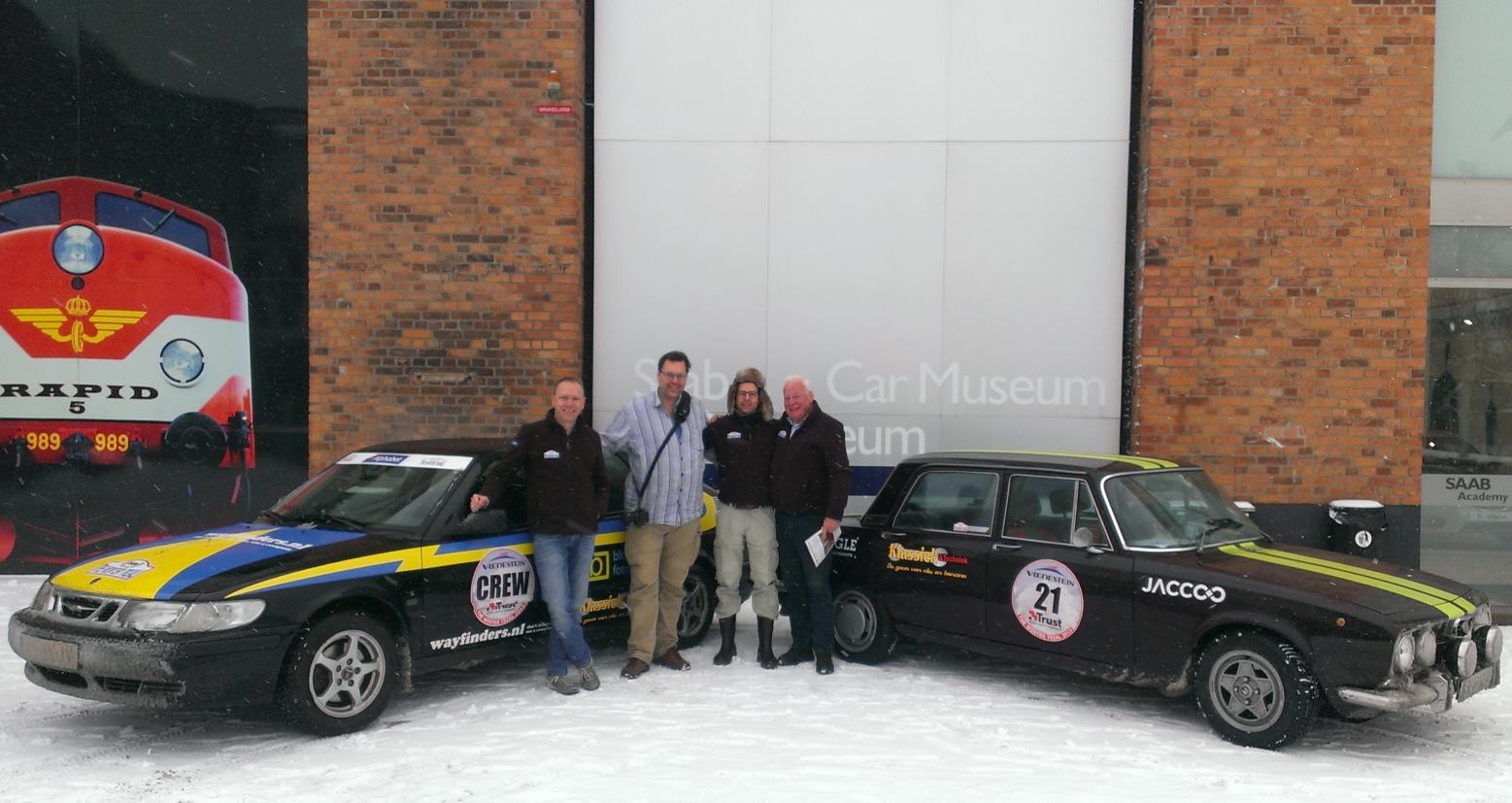

I knew they were special and now I know a lot more about my 2001 Saab 9-5 Aero, it’s my ninth Saab. Thank you.
I am a SAAB owner and,yes,this system is still very soffisticated.
I blew a new spark plug insulator in 2, instantly, first start with what turned out to be a very bad DIC. The DIC had a crack in the boot housing that I now presume was caused by heat. Ton of juice there. Never seen anything like that before.
Great information – T8
Own several,love them all.
TO Waylon Thompson >
and what is a reliable not junk engine?
TO Jake Chaplin > “amazing” as your window falls off track
TO Waylon Thompson >
hasn’t happened to me and I’ve owned many of these cars, the newer ones are a lot more creaky than the old ones. But over all they are reliable and a lot of car for the cost. You have to remember they are getting really old the newest Saabs on the road are 13 years old now. Every car has these issues im sure if you tell me what car you daily drive I can pick out it’s issues as well.
Saab also had an amazing very quick warm up device, it was a container that stored the heat from the engine used some type of wax and when you started the car the next morning you had instant heat. I don’t think it was used in the UK market.
I notice over the years all my buddies that were engineers for manufacturers drove Saabs regardless of where they were in the world or who they worked for
My 95 is 18 years old but still good enough for ulez ,my 9000 carlsson b202 was a great engine they don’t build them like that anymore bomb proof
I have owned several Saabs over the years, including a 1995 900S with the Trionic system. I believe even the older models were ahead of other manufacturers in many areas. I had a 1984 900 8V that needed an emissions test. At the time, it tested cleaner than the new 1995 Mopars on the lot! This is just a few examples of why Saabs is missed in the automotive world.
TO Nick Viola >
900 S 95 död not have trionic, it had jetronic engine management system. Only 9000 and OG 9-3 had the trionic
TO Moritz Breitbach >
naah, the last years of 9000 had trionic 5 . the Direct Ignition was first found on the Saab 9000 2.3 turbo using a Bosch LH injection system. Saab have had many different systems thru the years but the most reliable and clean one would be the Trionic series ( 5, 7 and 8 which can be found on almost any saab newer than 1995 fitted with a turbo charger.)
TO Erik Ahlström >
Hammenhög ofcause, but only 9000 and OG 9-3 had the trionic 5 which this post referres to. MY -93 -> -98 for 9000 and -98 -> -00 for 9-3
TO Moritz Breitbach >
ng900 N/A was Motronic not Jetronic, and all turbo NG900 had trionic, and S or SE dont mean engine on NG models😁
TO Niko Takkunen >
okey, was the jetronit untill -93 and motronic -93 to -98 in 900 than ? never seen a 900S -95 with anything else than a 2.3i in Sweden, might differ in different country’s . 900 SE have different alternatives tho often 2.0 tubo
TO Moritz Breitbach >
yes og900 until -93 had jetronic and if I remember correctly also Lucas injection systems👍 And yes might be country thing what engines you could choose with S or SE🤔
SAAB acronym in swedish:
Sälj Aset Annars Byt (sell the MF or change)
Sämst Av Alla Bilar (worst of all cars)
Saab built excellent cars. Many SAAB engine techs went to Koenigsegg. With good funding they continue great engineering.
Hello Goran,
I read your interesting article about Trionic.
Unfortunately it’s not mentioned, which System is in Saab 9000 2.3 Turbo Bj. 1992.
Regards
Erwin
Can it be connected to modern pcs (without standard serial ports)?